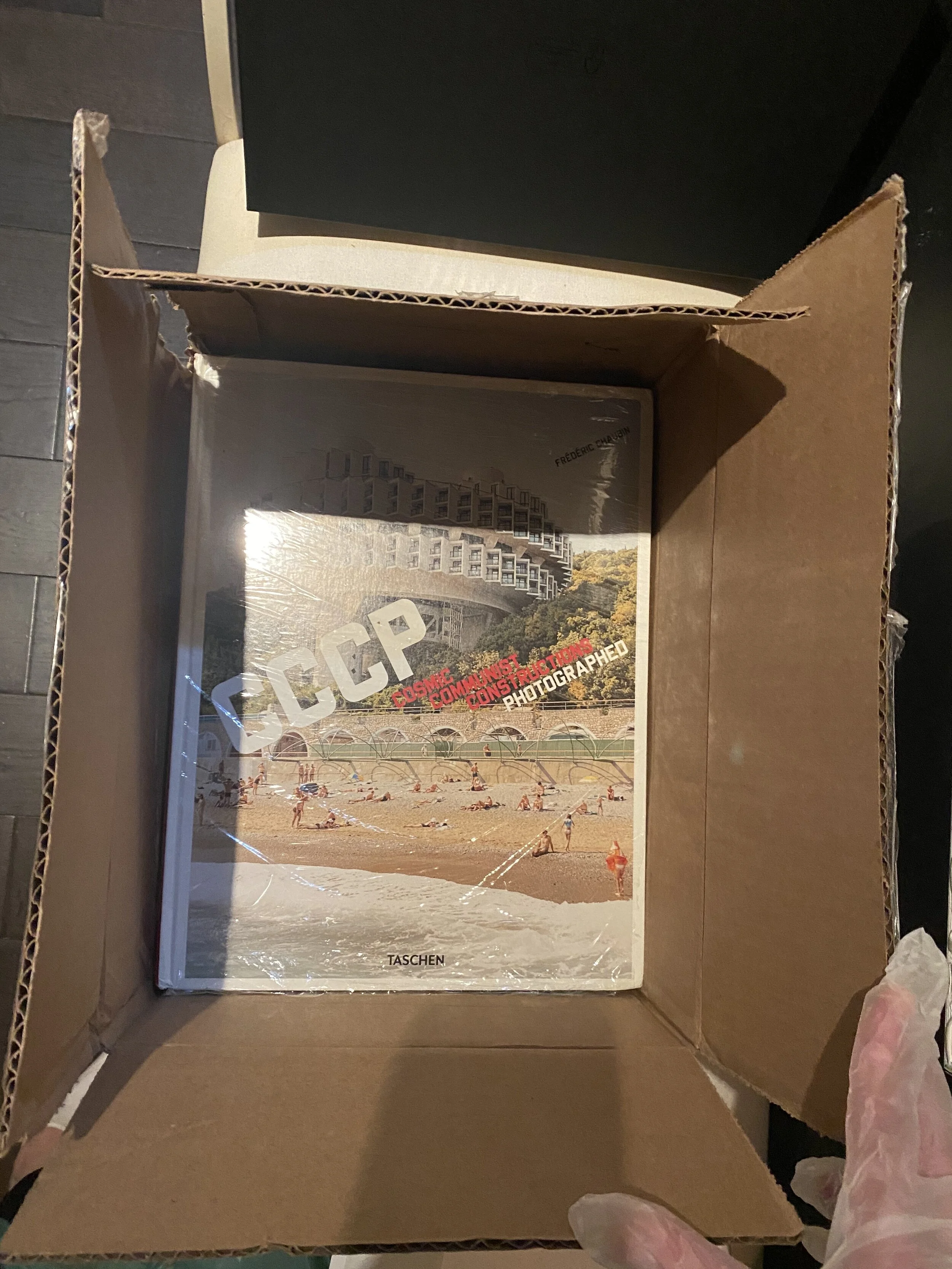This weekend I have received a present from my friends - a coffee table book about cosmic commits architecture. According to the photographer Frederic Chaubin “It is a collection of exuberant sets oscillating between audacity and folly. Placed in the middle of nowhere, with no context or norm, some of these buildings really stand out. They seem to have no obvious rationale, to ignore all architectural doctrines. They are like orphan monuments, scattered over the planet of collectivism”. He also has a hypothesis that during the last 15 years of Soviet era, the government needed to protect the margins from leaving the Union and hence it should not be a coincidence that a lot of these buildings are on the fringes of ex-USSR: Polish border, The Caucasus, The Baltic and Central Asia. Regardless of the rationale, these bizarre architectural monsters are captivating.
For those who write software, versioning is extremely important in understanding what was changed and when: the first version starts at 0.1.0 and not at 0.0.1, 2.0.0 means a new major release. Having a universal way of versioning the software development projects is the best way to track what is going on with the software as new plugins, add-ons, libraries, and extensions are being built almost every day. Its simplicity is absolutely exquisite:
Semantic Versioning is a 3-component number in the format of *X.Y.Z*, where :
* X stands for a major version.
* Y stands for a minor version.
* Z stands for a patch.
Versioning helps us keep track of what’s been added/removed at what point and while i. More here: [Introduction to Semantic Versioning - GeeksforGeeks]
“We have all these random creative thoughts that we don’t know what to do with, which ones are worth acting on, or how to act on them. Notebooks can become graveyards for our ideas”. I am skeptical about Bullet Journal’s way of organization, but I think it makes a nice diagram.
“All unintellectual labour, all monotonous, dull labour, all labour that deals with dreadful things, and involves unpleasant conditions, must be done by machinery. Machinery must work for us in coal mines, and do all sanitary services, and be the stoker of steamers, and clean the streets, and run messages on wet days, and do anything that is tedious or distressing. At present machinery competes against man. Under proper conditions machinery will serve man.There is no doubt at all that this is the future of machinery, and just as trees grow while the country gentleman is asleep, so while Humanity will be amusing itself, or enjoying cultivated leisure which, and not labour, is the aim of man — or making beautiful things, or reading beautiful things, or simply contemplating the world with admiration and delight, machinery will be doing all the necessary and unpleasant work. “
Oscar Wilde
ChartaCloud | Robotteca have re-oriented our business plans to bring the power of robots to the forefront in the fight against COVID-19. I think that these use cases for the first time in the history of robotics make a very compelling argument on why we need robots and why “they would not steal our jobs”. Maybe creativity truly thrives in crisis…
*Disinfectant / Spray
* Disinfectant / UV
* Temperature Detection
* Mask Detection




